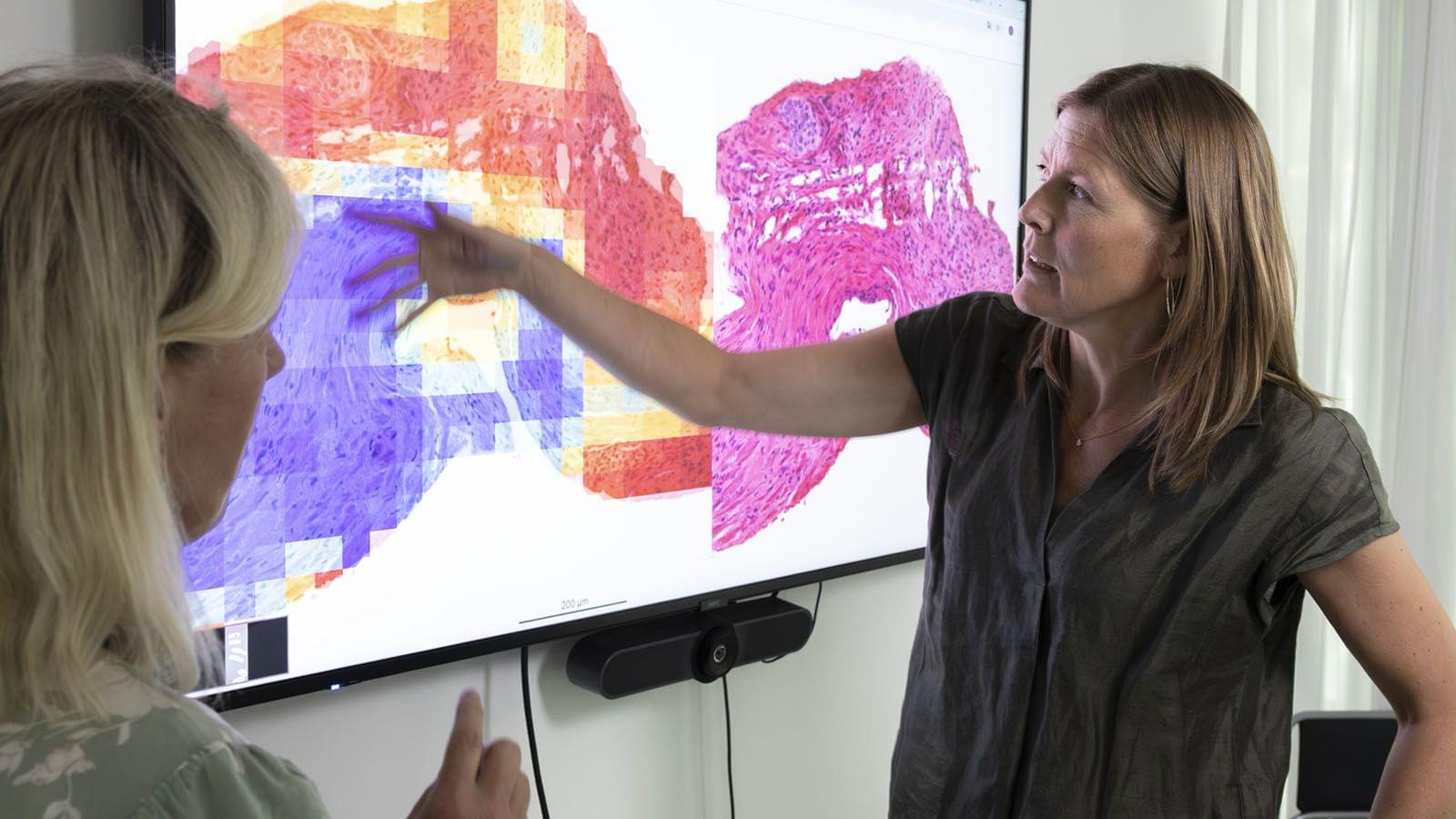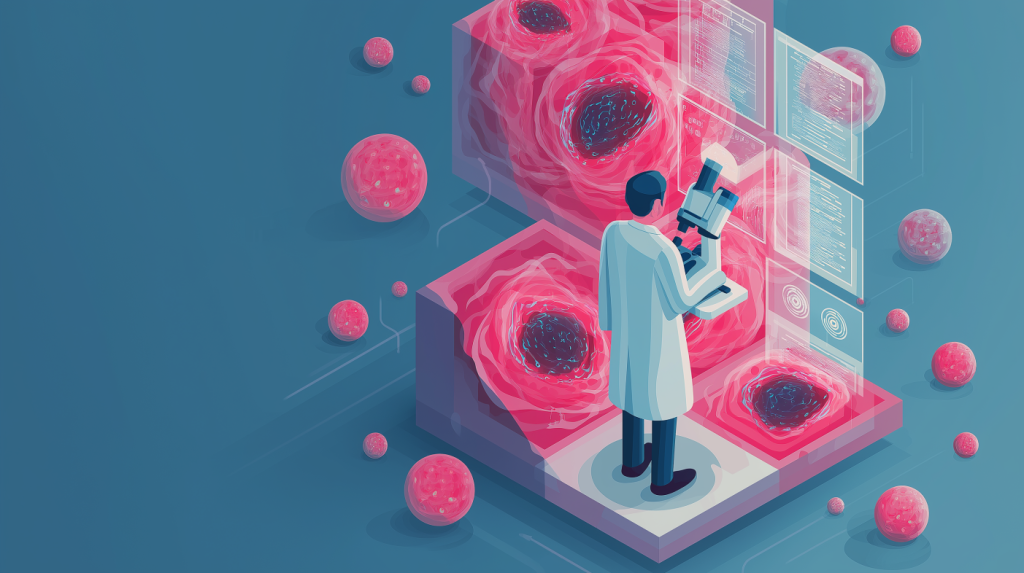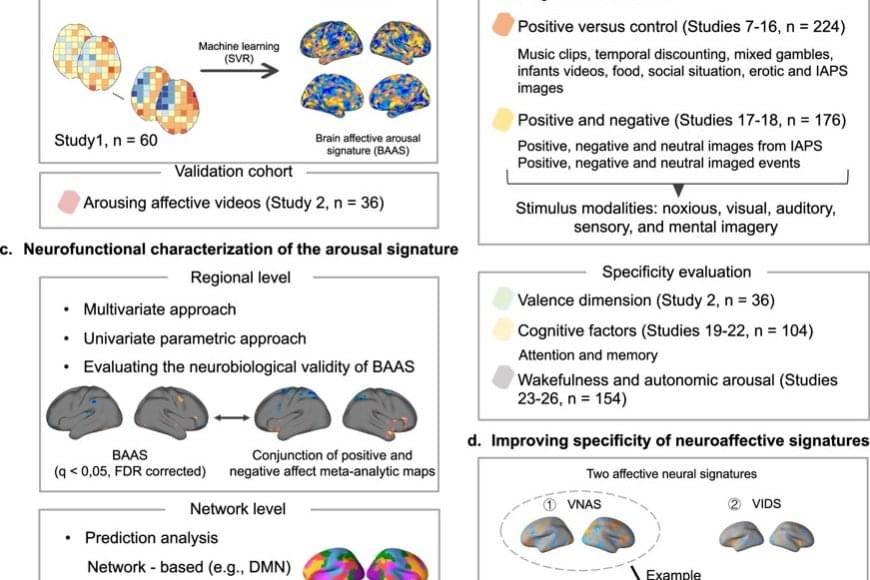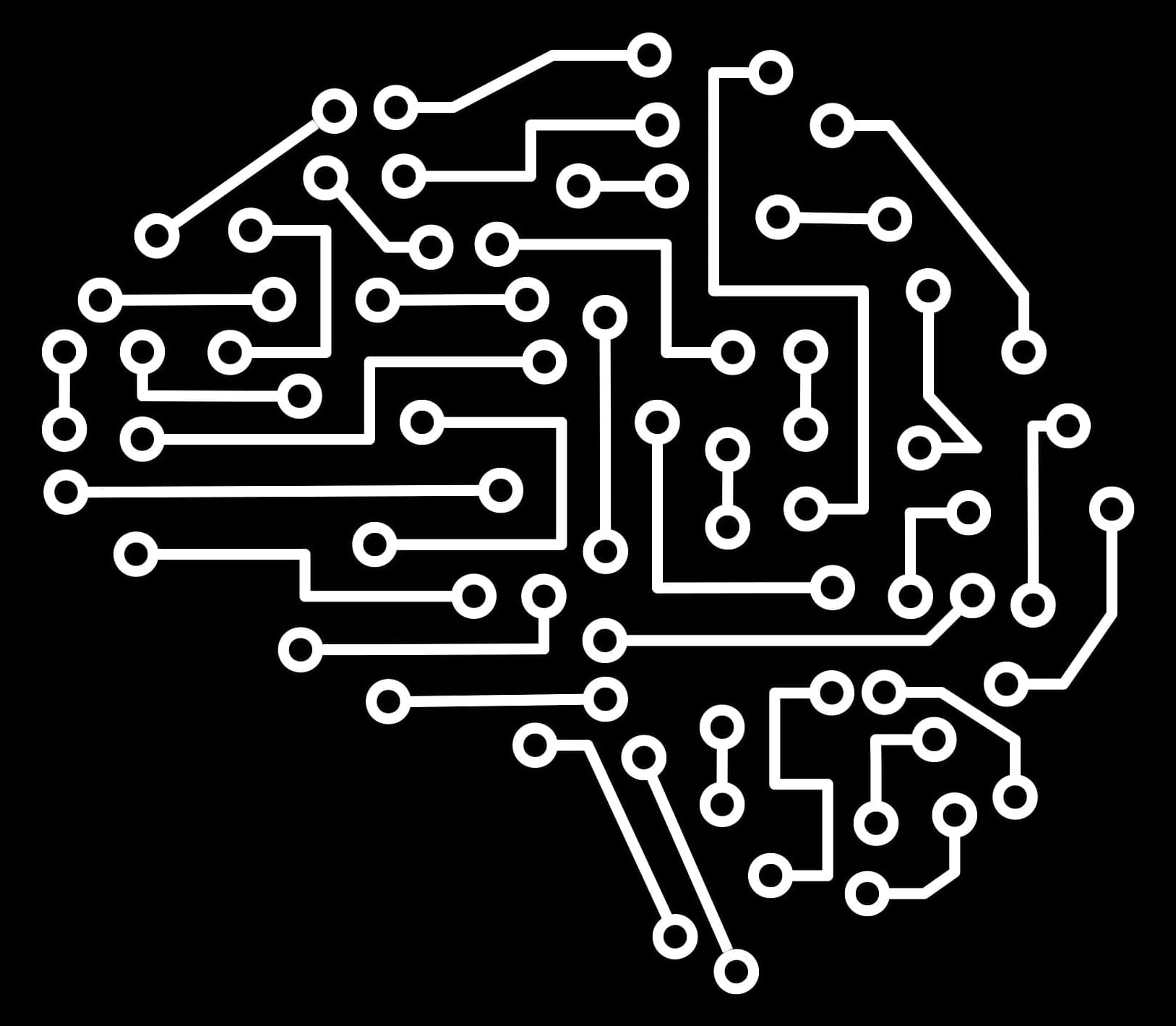New AI capabilities in Google Workspace help every business drive results, including with automated workflows powered by agentic AI.


The research was less about what’s wrong with today’s AI models and more about what’s wrong with how companies are trying to use them

Men assessed as healthy after a pathologist analyses their tissue sample may still have an early form of prostate cancer. Using AI, researchers at Uppsala University have been able to find subtle tissue changes that allow the cancer to be detected long before it becomes visible to the human eye.
Previous research has demonstrated that AI is able to detect tissue changes indicative of cancer. In the current study, published in Scientific Reports, the researchers show that AI can also find cancers missed by pathologists.
“The study has been nicknamed the ‘missed study’, as the goal of finding the cancer was ‘missed’ by the pathologists. We have now shown that with the help of AI, it is possible to find signs of prostate cancer that were not observed by pathologists in more than 80 per cent of samples from men who later developed cancer,” says Carolina Wählby, who led the AI development in the study.
“When we looked at the patterns that the AI ranked as informative, we saw changes in the tissue surrounding the glands in the prostate”, says Carolina Wählby. Photo: Mikael Wallerstedt.
Questions to inspire discussion.
🚕 Q: How is Tesla’s robo taxi service progressing? A: Tesla’s robo taxi service is already larger than competitors in Austin and the Bay Area, with plans for significant expansion.
Business Model Shifts.
📊 Q: How might Tesla’s business model change with autonomy? A: Tesla may shift to manufacturing cars primarily for their own robo taxi service, rather than selling to individual customers.
🚛 Q: What potential does Tesla see in autonomous semi trucks? A: Tesla believes autonomous semi trucks could unlock trillions in value and shift supply chains from rail to trucking.
📅 Q: How is Tesla’s leasing strategy evolving? A: Tesla is focusing more on shorter leases (1−2 years) and inventory car leases, indicating a move towards a leasing and subscription model.
Questions to inspire discussion.
🚕 Q: What real-world application of Tesla’s FSD technology is currently operating? A: Tesla Road, a robo taxi service in Austin, Texas, allows paid customers to ride in Teslas that are literally driving themselves, demonstrating Tesla’s FSD supervised technology in action.
🛻 Q: How are Cybertruck owners responding to their vehicles? A: Cybertruck owners, including celebrities Theo Von and Kat Williams, describe their vehicles as unique experiences that feel like “driving in the future”, forming a small but enthusiastic group.
💰 Q: What financial challenge is Rivian facing in the EV market? A: Rivian faces a $100 million deficit due to the Trump administration’s rollback of fuel economy standards, compounded by high price points and lack of profitability per vehicle, making it difficult to compete with Tesla.
🤝 Q: What recent partnership has Honda formed for autonomous driving development? A: Honda and Helm AI have entered a multi-year joint development agreement to accelerate Honda’s Navigate on Autopilot system for highway and urban autonomy, though it’s not full autonomy and requires constant driver attention.
Media Coverage of Tesla.

The Chan Zuckerberg Initiative announced Thursday the launch of rBio, the first artificial intelligence model trained to reason about cellular biology using virtual simulations rather than requiring expensive laboratory experiments — a breakthrough that could dramatically accelerate biomedical research and drug discovery.
The reasoning model, detailed in a research paper published on bioRxiv, demonstrates a novel approach called “soft verification” that uses predictions from virtual cell models as training signals instead of relying solely on experimental data. This paradigm shift could help researchers test biological hypotheses computationally before committing time and resources to costly laboratory work.
Questions to inspire discussion.
Advanced Navigation and Obstacle Recognition.
🛣️ Q: How will FSD v14 handle unique driveway features? A: The improved neural net and higher resolution video processing will help FSD v14 better recognize and navigate features like speed bumps and humps, adjusting speed and steering smoothly based on their shape and height.
🚧 Q: What improvements are expected in distinguishing real obstacles? A: Enhanced object detection driven by improved algorithms and higher resolution video inputs will make FSD v14 better at distinguishing real obstacles from false positives like tire marks, avoiding abrupt breaking and overreacting.
Edge case handling and smooth operation.
🧩 Q: How will FSD v14 handle complex edge cases? A: The massive jump in parameter count and better video compression will help the AI better understand edge cases, allowing it to reason that non-threatening objects like a stationary hatch in the road aren’t obstacles, maintaining smooth cruising.

Using a powerful combination of AI-driven modelling, advanced brain imaging, and close-to-real-life experimental paradigms, the team was able to uncover a brain signature that precisely measures emotional intensity (arousal) across diverse situations ranging from seeing a loved one to a horror movie. Notably, the team was able to disentangle the conscious emotional experience from the automatic physiological responses such as sweating to heart racing.
Beyond the theoretical implications, this discovery opens new avenues for:

Cornell University researchers have developed a low-power microchip they call a “microwave brain,” the first processor to compute on both ultrafast data signals and wireless communication signals by harnessing the physics of microwaves.
Detailed in the journal Nature Electronics, the processor is the first true microwave neural network and is fully integrated on a silicon microchip. It performs real-time frequency domain computation for tasks like radio signal decoding, radar target tracking and digital data processing, all while consuming less than 200 milliwatts of power.
“Because it’s able to distort in a programmable way across a wide band of frequencies instantaneously, it can be repurposed for several computing tasks,” said lead author Bal Govind, a doctoral student who conducted the research with Maxwell Anderson, also a doctoral student. “It bypasses a large number of signal processing steps that digital computers normally have to do.”
